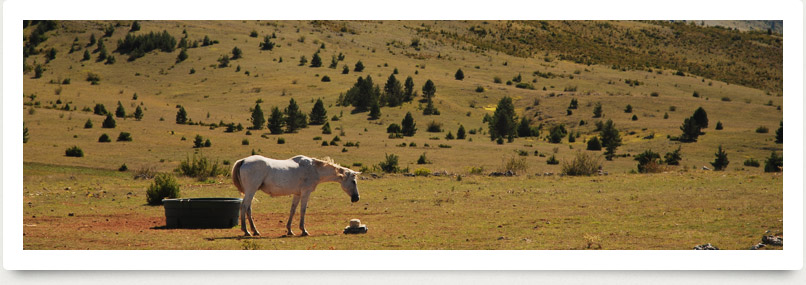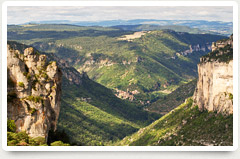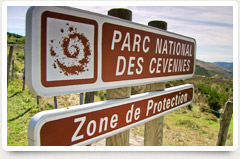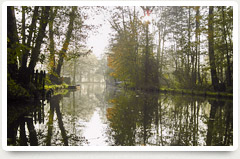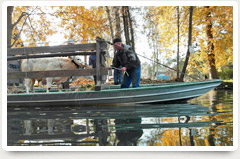About the films
“European cultural landscapes” is a journey of discovery, following the historic traces of European agriculture as we know it today. The series comes to know those people and regions that have been shaped by agriculture for centuries - and in which agriculture still determines a yet modern life. In the course of this filmic journey, the two documentaries first and foremost raise one question: In the 21st century, what is the future of agriculture and of the people who live on it?
The Cevennes
One and a half hours drive from the hustle and bustle of the Mediterranean coast, the Cevennes are located at the southern foothill of the Central Massif. The Cevennes are a low mountain range which is distinctive because of its bleak high plateaus and green valleys. People are shaping this region since about seven thousand years. Since the Middle Ages the steep hillsides were transformed into agricultural terraces by the early settlers. These people built villages in areas which are claimed not to be cultivatable because of an alternating climate which varies from ice cold winters to bone-dry summers.
However, at the end of the nineteenth century the cultivation of the former two most important agricultural products – silk and chestnut – was not longer possible and so the people left. Two-thirds of the population migrated from the area which ran to seed increasingly without human care. To stop that development the remaining Cevennoles founded the National Park of the Cevennes in 1970. The Cevennoles screened the region and declared it to a conservation area what made it interesting for visionaries. Ever since the Cevennes were rated as an insider tip for those people who can not achieve their ideas anywhere better but there. Today people from all over Europe come to the Cevennes to remember tried and tested working manners, but also to link old and new techniques. Susann Reichenbach visited the Cevennes and its people and invites to escape to one of the most beautiful regions of Europe.
The Spreewald
Like a widely branched spider web the Spree River spreads the countryside of the Spreewald located south-easterly of Berlin. An unhurried river branches out into reams of small creeks and canals which are called “Fließe”. The width of these small rivers with a depth of more or less one meter adds up to only a few meters. This creates a magic river meadow as a labyrinth of water with a plenty of isles. Water is the formative element in the area which was shaped by the Ice Age and later formed by agriculture. But for all that, the moors and the grounds with a lacking of humus are an enormous challenge for farmers living in the Spreewald. These farmers have to discover the meager resources in the biotope of the Spreewald to cultivate and to protect the unique nature at the same time.
Furthermore, the tourists which are appealed by the Spreewald for being a local recreation area are an important economic factor for the region. By now, the Spreewald is accredited to a biosphere reserve by the UNESCO in aim to protect the nature of this area. For that reason farming is of high importance. Agriculture has to cultivate but conserve the ecological system. With this task in mind, it seems essential to establish a well balanced ratio between the nature conservancy and its value for the human beings. As Martina Treusch observed, that challenge is not always easy. Her film invites to a journey through one of the most extraordinary landscapes of Germany: the fascinating waterscape of the Spreewald.
